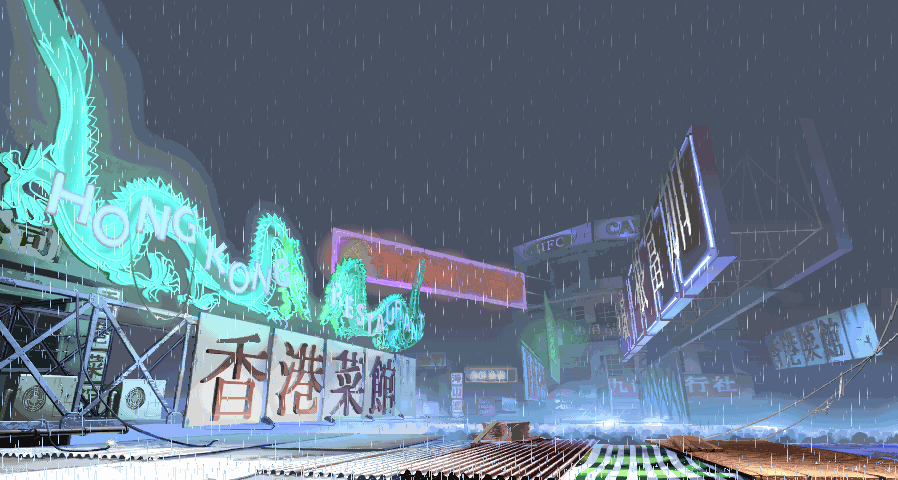by Dan Solberg
20+ years ago in magazine sidebars and web 1.0 galleries, the dominant visual representation of videogames was the screenshot. Capturing single instances of interactive media, screenshots were always a limited format for videogames PR, but that restricted context can also imbue screenshots with a level of mystique and wonder. What does this sound like? How does it move? Even when used for commercial purposes, screenshots can be curious in how they spur our minds to fill in the gaps and imagine befores and afters.
The screenshots of DVLSBLSH deconstruct the games depicted as well as the screenshot format itself. DVLSBLSH started with screenshots posted to Instagram and has since evolved to include a series of boutique books of collaged imagery that deftly translate screenbound visuals to the printed page. A project from Australian artist Will Stevenson, DVLSBLSH liberally employs crops, scanline filters, and digital collage to both capture retro games with a documentarian eye and color them with his own distinct perspective. So far, DVLSBLSH has focused on games of an early 00s and older vintage, harkening back to the screenshot’s heyday while also presenting unique technical and artistic challenges. I spoke to Stevenson over Zoom about what makes a good DVLSBLSH screenshot, publishing vs posting, and the endless appeal of Ridge Racer 4.
EX: What drives you to make DVLSBLSH images?
Will Stevenson (WS): For one, it's just a general desire to be making things. These days, with having kids, I’ve got a lot less time to do creative things in general, and I always feel like I want to be making stuff. [DVLSBLSH] just kind of worked its way into being something that was doable in my free time.
It started out when I downloaded a PC Engine ROM set, and as I was playing, I snapped photos of things that I liked. I had just started messing around with Instagram shortly before that to start cataloging photos I was taking. I felt like there was a thread between the shots and it was enjoyable putting them all in this one place and seeing what they look like together as a group. As I kept doing it, the feeling of that thread just got stronger. Then, it was interesting to take this concept into other consoles and see how that thread kept carrying through.
At this point, it's just like a habit I guess, digging through everything that I can find.
EX: Could you talk about what you do on a technical level to make an image for DVLSBLSH?
WS: Yeah, sure, it's pretty simple. I'm emulating all my games on OpenEmu, which is an emulator for the Mac that works with my old MacBook, which is a little limiting. I play my games on OpenEmu to crack them open and sift through them until I can find either a batch of stuff that I like, or I reach a roadblock and move on. I'll pause and poke at the edges of the games until I see something that rings the bell in my head, and I'll take a screenshot.
Once I’ve built a cache of images, I’ll sit down and sift through them to see if there’s anything I can work with. I crop all of my screenshots square, which is probably based on working on Instagram originally but turned into a nice restriction to use. The square format also helps me to say more with the images that I'm selecting, because I choose what to include and how to frame things. It just gives me a bit more control.
I have a scanline filter that I run on top of them. It's not always the most appropriate one for each system, because obviously like a handheld system isn't going to have the same type of scanlines as you would have on an old TV, but just for consistency sake, I made the decision early just to have that all as my format: the scanline setup, images cropped square, and I used to photograph the shots with my phone off the screen. Taking photos of the screenshots was an extra part of the process, but once I started making the books, it was too much work. These days I just crop them and leave them at that.
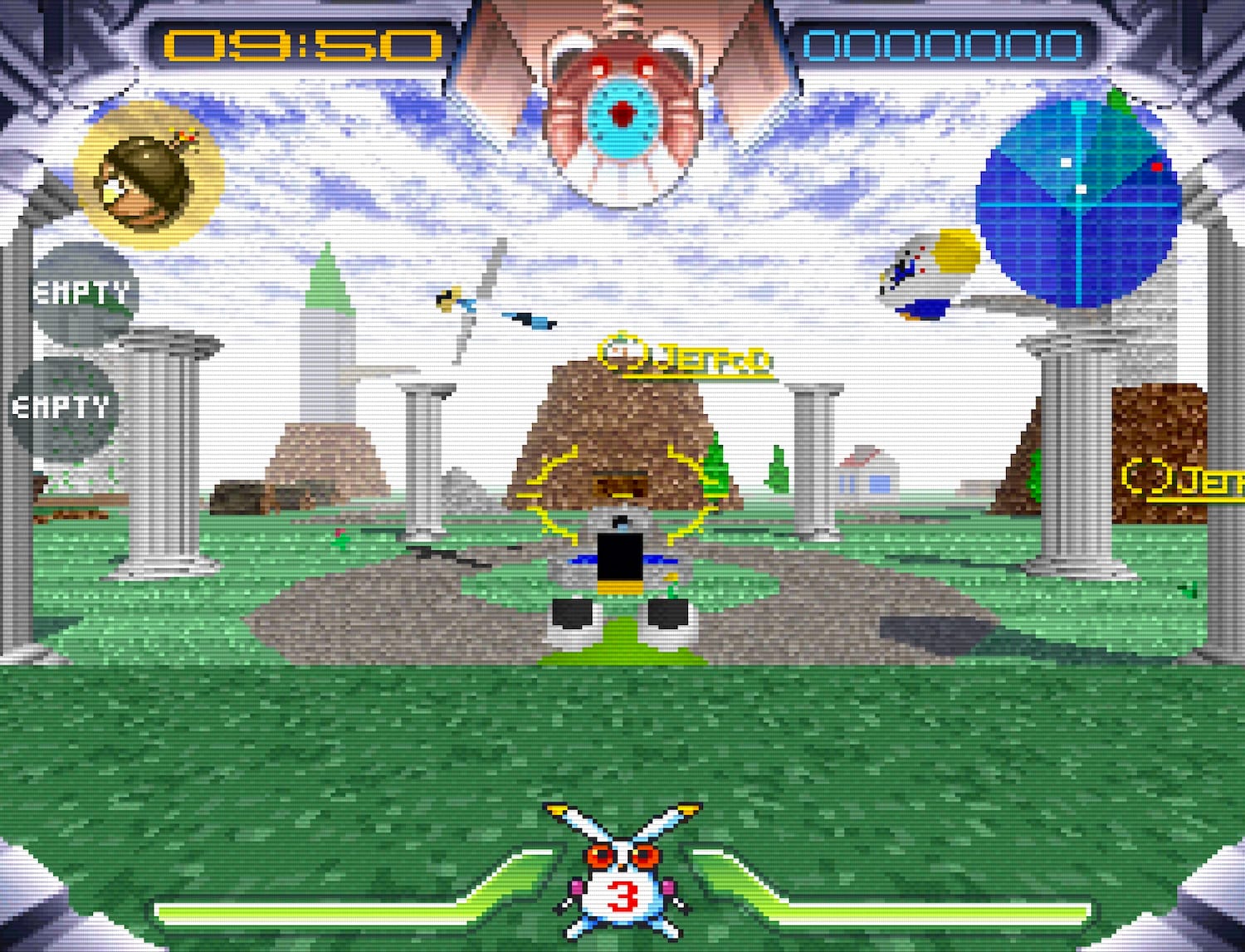
EX: Is there anything in the first or second DVLSBLSH books that was shot with a phone?
WS: Yeah, probably half of book one. You can see they’re a little bit off-kilter. It was kind of a nice element to it, because you'd get sort of weird saturation over the top of them. But eventually, I just had to move on from it.
EX: Does shooting images off a screen with your phone grant them unique qualities?
WS: There were certainly things that just seemed to work when I would treat them that way, and then others that didn't. I don't know if I could pin down what the common element between them was. The image just sort of shimmers in the right way once you took the photo of it. Also, having that little extra pocket of space between the camera and the screen did seem to feel like it had a bit of a different atmosphere. It's more noticeable when looking at screenshots on the computer, as once it's printed, the difference is pretty subtle.
EX: What term do you prefer to use for your final images?
WS: I probably do just think of it as a screenshot. Maybe I was thinking of them as photos when I was taking photos of them. But yeah, I'd probably just call a screenshot. “Screenshot” is cool, yeah.
EX: You’ve published three books so far with some smaller volumes on the way. Is there something that happens to your screenshots once they are off the computer screen and in print?
WS: I do think that there is something cool that happens when they get put together in the book. A feeling that I've been chasing with the work is one of looking at screenshots in magazines as a kid, and how the lack of context of where the screenshots come from makes you imagine the game rather than knowing fully what it is. It runs in your imagination when you see them on those pages. It gives them this sort of unknowable feeling.
Probably something everyone experiences as they get older is as you better understand what a videogame is, you start to lose some of the magic that games had when you didn't understand their rules.
So, chasing that feeling is a big part of why I'm putting them together in the book. Once they're there, the images speak for themselves, and they’re divorced from what they might mean in the game. I like that. I like the screenshots just sitting together and being something that you can interpret however you like.
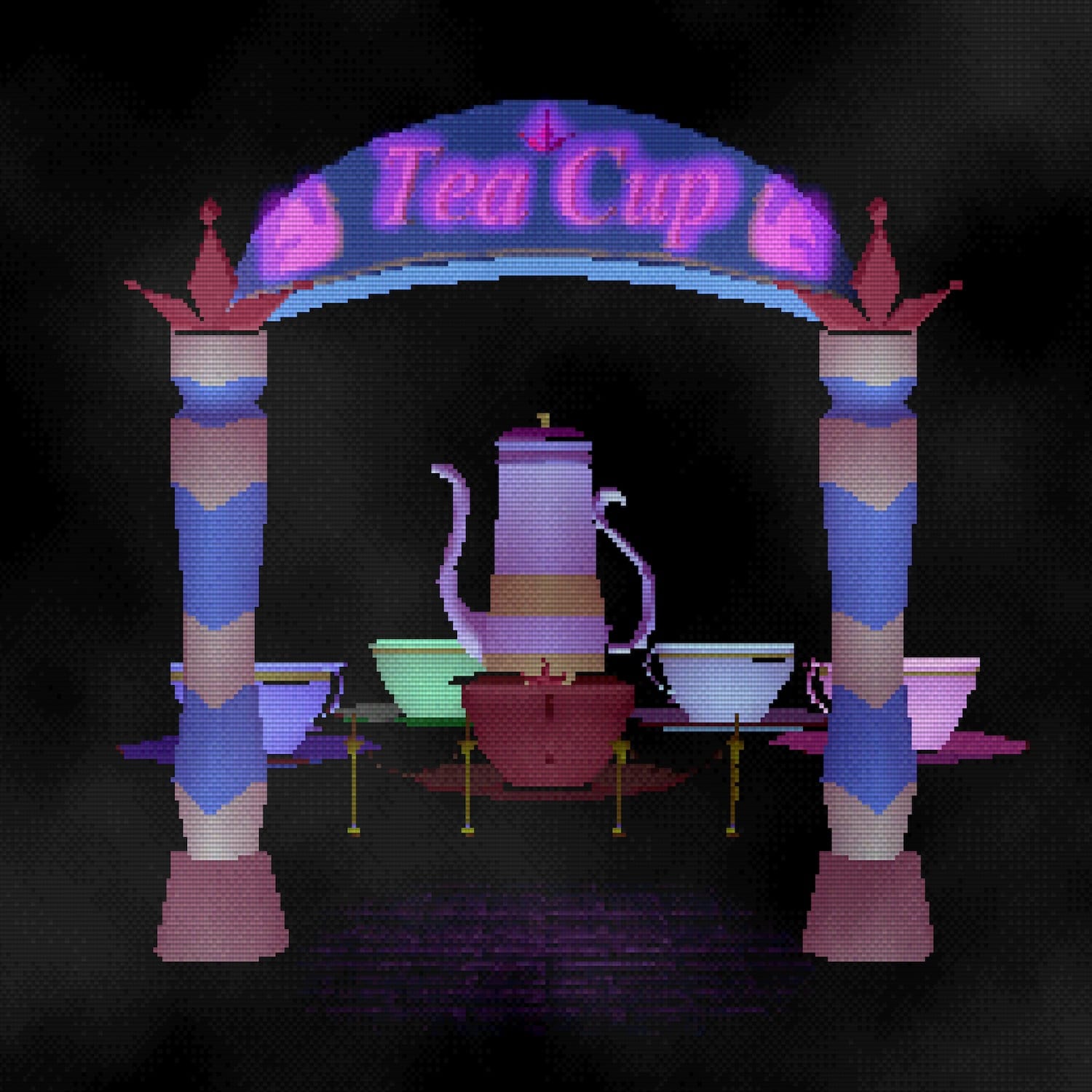
EX: In book volumes 1 and 2, you often have a single, dominant screenshot per page, but in volume 3 you've filled the entire pages with highly textured, collage-like compositions. What was your thinking behind that change?
WS: A large part of it is just keeping myself entertained and following what’s working at the time. The first page that I made for Volume 3 was one of Psychic Force. I liked that and so I made another one that was similar to it, and then 5 or 6 more. Eventually I had a run of pages that worked well together, and I thought, “Yeah, I can keep that format going.” It's a bit different from the previous volumes, so mixing it up is gonna keep people from getting bored.
Also filling the pages is nice. Going back to what I liked about running my Instagram, originally it was just like scrolling up and down my feed of the full-page blocks of images. I like sitting images next to each other and seeing what happens to them once they've got a bunch of neighbors.
EX: Your layouts in volume 3 remind me of Tumblr. Were you ever a Tumblr user?
WS: No, never, actually! I do have a Tumblr that was started after everything else, but it was never a platform that got its hooks into me. Of course, Tumblr is pretty influential on anyone who's been using the internet for a long time, so the aesthetic ideas that were happening on there have probably gotten into me by osmosis.
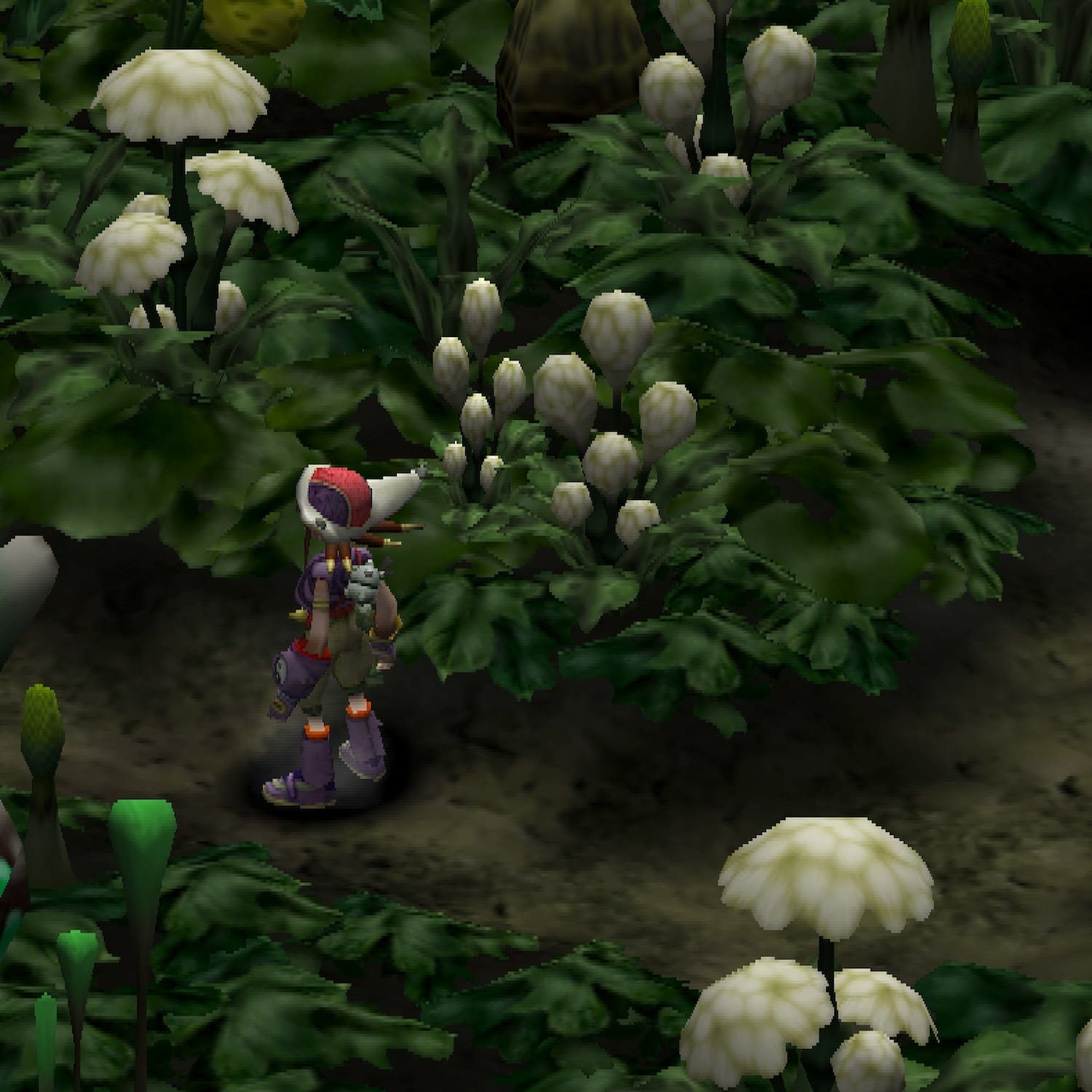
EX: How important is it to strike a balance between recognizability and obscurity when selecting games to screenshot?
WS: Well, there’s a baseline of recognizability that I try to avoid. The games that one hundred percent you’ve probably seen already, I'm less likely to be looking at those. I don't completely cross stuff off my list based on that, but it's harder to find images people haven't already seen if you're going with those ones.
And also avoiding first-party Nintendo things since I don't wanna get sued. (laughs)
I’m not too fazed with deliberately trying to find obscure stuff. It's more like I'm just treating the whole library equally. My process is to sift through ROM sets looking for titles that catch my eye or that I recognize as being from a developer that I've liked in the past. I mostly just look at the names on these long lists and think, “Does it seem like there's going to be something visually interesting in there for me?” I crack it open and poke at the edges of it until I find something, or else I have to move on.
EX: You mentioned earlier about how the power of your MacBook is a limiting factor in your game selection. If you had the tech to run them, would you be interested in working with more contemporary games?
WS: I do think about that a bit. From probably the PS3 onwards, I feel like games are getting less aesthetically interesting as they get more advanced and bump up against fewer limitations. And for me, seeing what happens inside those limitations is usually the most interesting stuff. The closer we get to photorealism, the less it does for me, but at the same time, I'm sure that there is still a lot of fun that I could have with more recent games if I was able to.
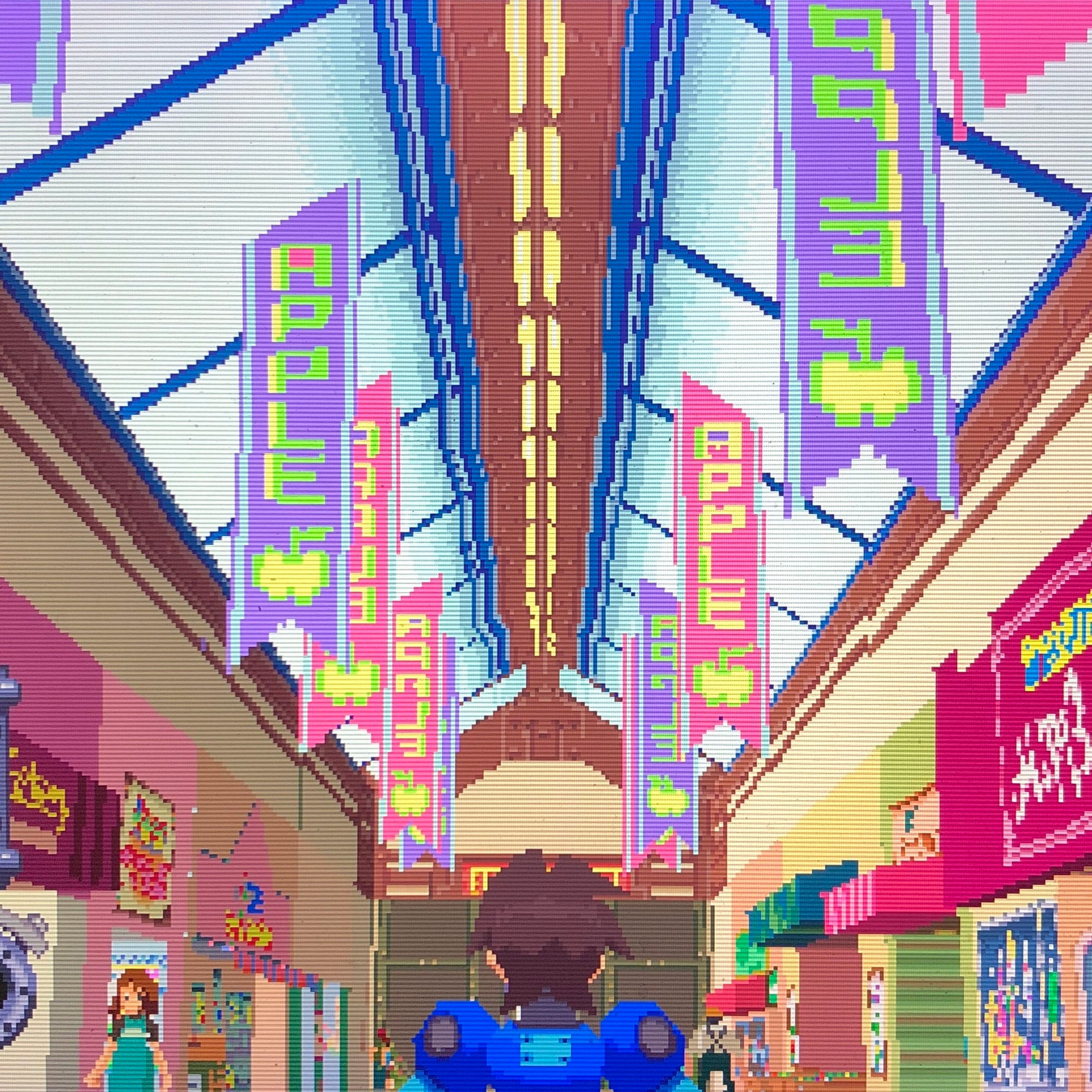
EX: How do you feel about representing visual glitches in games?
WS: I like playing 3D games and finding bits where they break down in interesting-looking ways. I took a bunch of shots of the shopping mall in Mega Man Legends, which had a lot of clipping and glitching in it. I remember somebody on Twitter saying, “Oh, you've managed to take the worst possible screenshots of one of the best-looking areas in any videogame.” Which was funny because I think that the glitches are beautiful.
EX: Talk to me about R4: Ridge Racer Type 4. What is it about that game that works so well in screenshots?
WS: There is definitely something about it. The most popular shots that I post on social media are almost always the R4 shots. For any game that has aimed to look photorealistic, I think R4 is the best-looking version of it because, like I was saying, the restrictions that they're working under managed to reap such an interesting version of photorealism. Like, it doesn't look like a photo, but it does. The color palettes in that game are pretty stunning across the board. I don't know, it's just so photogenic, isn't it? It's very hard to take a bad shot of it.

EX: They figured something out with the sky in that one. The horizon always has some sort of beautiful gradient.
WS: Yeah, the locations that the game takes place in all lend themselves pretty well to being photographed, too. Cities, beaches, and mountains are always things that come up nicely in screenshots. R4 is a big collage of those things and seeing them at different times of day. It helps that the replay mode gives you a lot of interesting angles as well.
EX: Is there a DVLSBLSH image posted online where you could walk me through what you saw that made you stop and take that screenshot?
WS: Yeah, sure. One that leaps to mind is one of the Metal Gear Solid shots that I took a little while ago, which is probably the most “home run” of what I'm looking for in a 3D screenshot. It’s on my Twitter [June 22].
metal gear solid / psx
— devils blush (@devilsblush) June 22, 2024
konami computer entertainment japan, 1998 pic.twitter.com/TR8lK5ZBSo
Generally, what I'm looking for is something that fills the frame in a certain way. I'm not quite sure how to describe what that way is, but as I'm playing, I'll have a little bell go off in my head when enough elements have entered the screen in the right way. It'll stop me and I'll go, “Okay, pull this screenshot.”
For me, this Metal Gear Solid screenshot has a lot of the things that I look for in it. It's quite textural, the frame has a little UI element that I can anchor to one part of the screen, it's got an interesting balance with Snake being down in one corner and this large architecture in the background, and it has an interesting color palette as well. Those sorts of things are the basic blocks of what I'm looking for when I'm searching for a screenshot. Also important is when I crop them square, I want them to have a balance of elements across the frame.
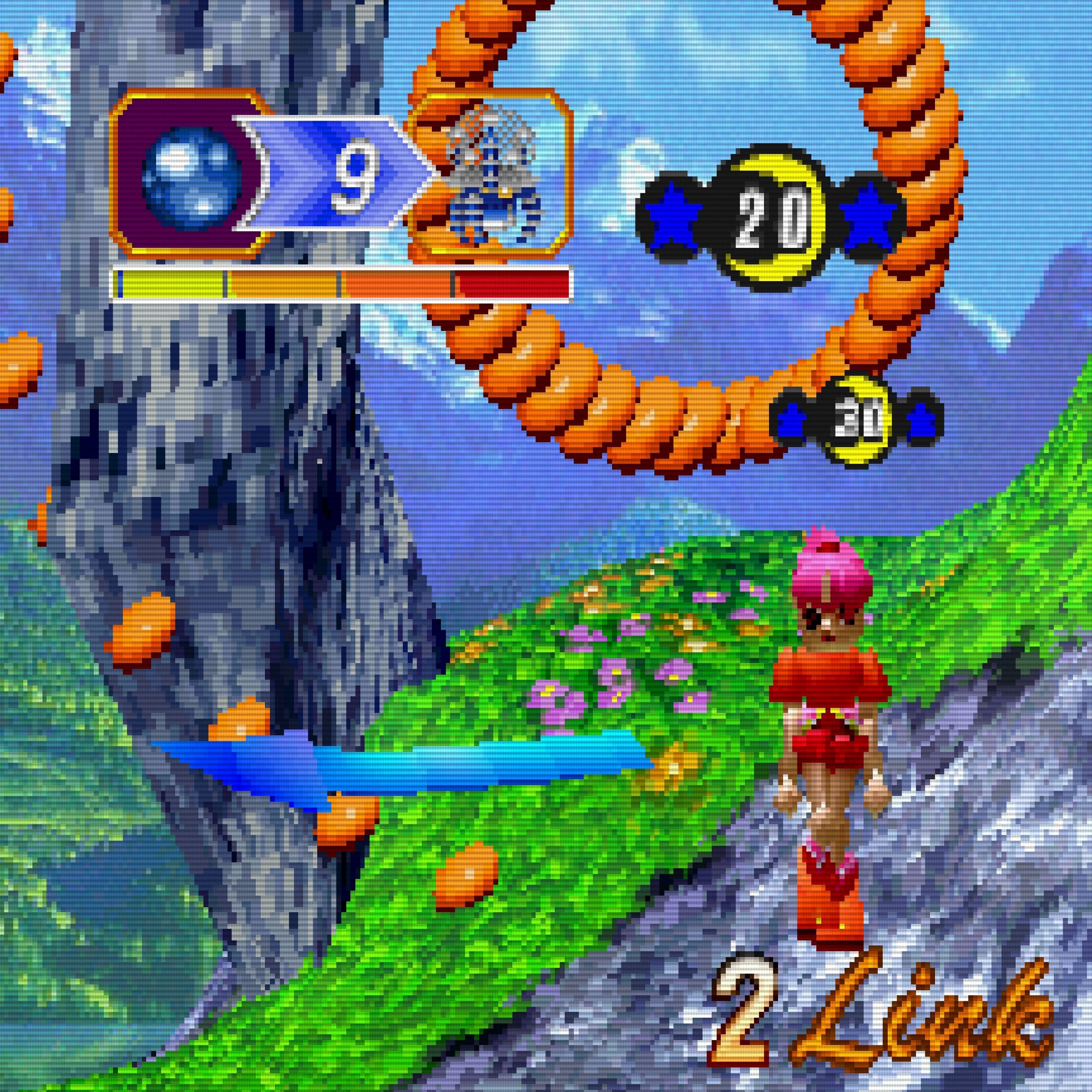
EX: The UI in these older games often takes up a lot of screen real estate and few games have options to hide it. Do you enjoy shooting in and around game UI?
WS: Absolutely. The UI are beautiful, but they can be a stumbling block to getting a good shot since I might need to chop it off in a way that's ugly in the framing. Sometimes shots just don't work because the UI is in the wrong spot, but even if the UI can be troublesome sometimes, I think it adds to it overall.
EX: In the books and on social media, you always cite the games that the images come from. What’s behind your decision to include these citations?
WS: Well, I guess it’s to help people find all these cool old things that I'm looking at. It's important to say what the game is, who made it, and when it was made because that's all useful context. And I think it's cool to be able to look through and see names of developers pop up again and again. You start to get an understanding of what that developer was about.
EX: Where do you see DVLSBLSH fitting along a continuum between pure fan art on one end and artworks that use game imagery totally agnostic of fandom on the other?
WS: I would say it's right in the middle. I do want it to be both about the games themselves, but I also want it to be about the way that I see the games. And I know what you’re getting at — like if you go one way, it’s much more about the game itself and the person who's conveying that doesn't matter so much. My aim is that this does look like my perspective on these games, and I want there to be a throughline between all these shots. I want them to look like DVLSBLSH screenshots. But at the same time, building this catalog of snapshots into the history of games is also part of it, so I want people to be able to walk away with a better understanding of what games were.
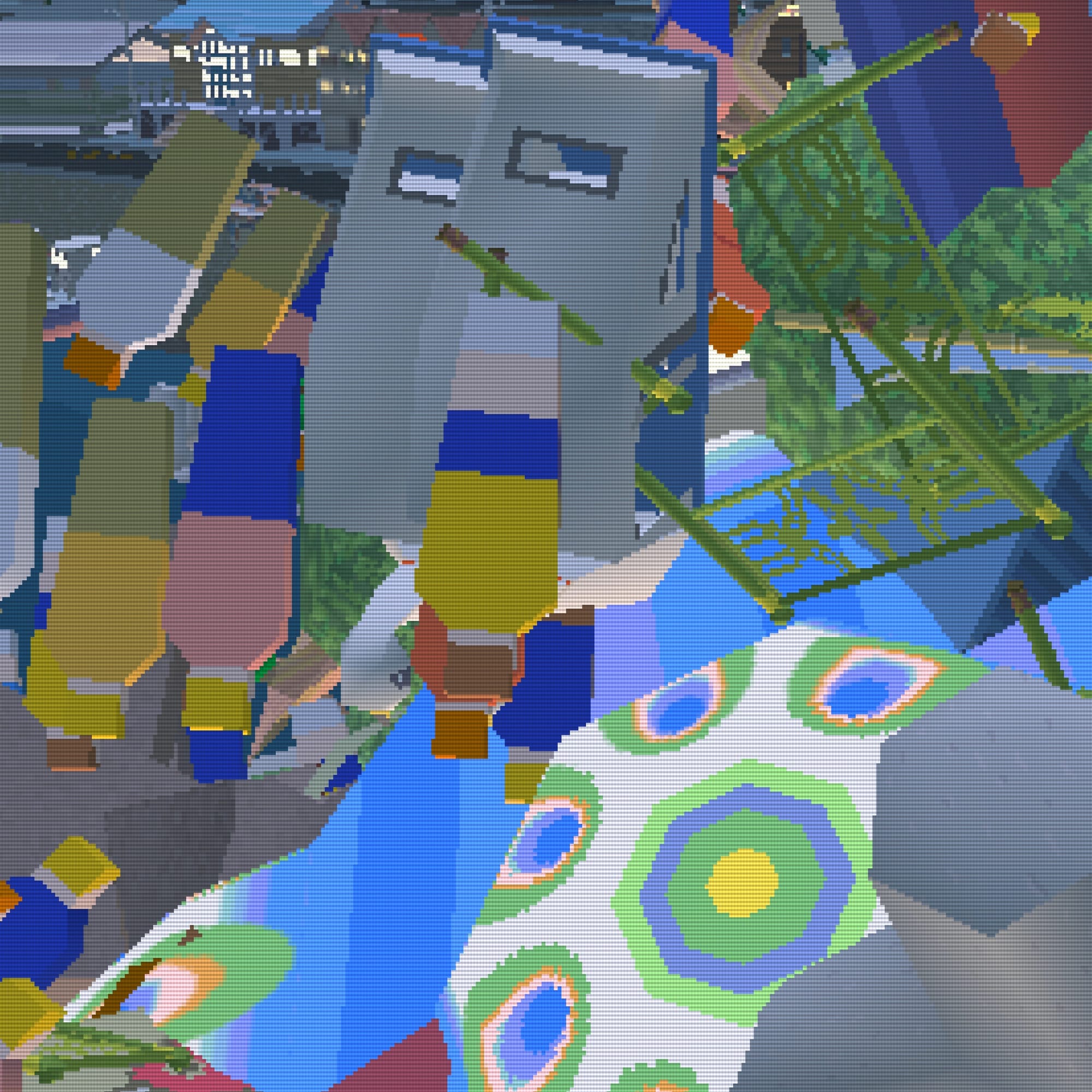
EX: Do proper photo modes in games have any appeal for you?
WS: For some reason or another, I'm not sure why, it does lose some of the appeal. I've never engaged with a photo mode on a modern game for that reason. I would prefer to somehow circumvent it and pause it myself. I like being able to have the UI in images and for the game to be in motion, like how it actually plays.
Although I'll admit I've been playing Me & My Katamari from the PSP and I have been using one of the first-person views, which is almost a photo mode. I get a lot more of the screen in that view because Katamari just has so much UI. There's the katamari size in one corner, and there's the Prince rolling the other corner, and it gets in the way a lot. There's a moment as the camera zooms in behind the Prince where you can pause it and get a really nice view of the world. You’ve gotta hit pause at the exact right spot to get the full effect of it, but it's good when you can do it.
EX: Last thing. DVLSBLSH is a Devil's Crush reference, right?
WS: Yeah, I think I was playing Devil's Crush that night when I was making the Instagram. I was just scrolling through the games that I've been playing and looking at names for something that would give a PC Engine vibe without tying itself too much to that. And yeah, that phrase just popped up in my head.
EX: It also fits with your use of pink, as in a blush color, in the books you’ve published so far. It softens a bit of the hard edge of what you think of with Devil's Crush.
WS: Yeah, exactly. It inverts the aesthetic of the Devil's Crush. That side of 90s videogame aesthetics is cool, but it's nice when you can mix it together with the pinker side of everything.
Dan Solberg is an interdisciplinary artist, curator, educator, and freelance writer/designer living in Kentucky. To view his portfolio visit: https://dansolberg.com/


